International Yoga Day 2023: 6 Yoga Asanas To Manage High Blood Sugar - In Pics
International Yoga Day is celebrated on June 21. The many benefits of yoga are now well known. One of the key lifestyle disorders plaguing the world now is high blood sugar or diabetes. Here's how yoga can help in combating diabetes.
)
Practicing yoga asanas regularly has many holistic health benefits and people with diabetes can benefit greatly if they do yoga, of course after consulting with their doctor and yoga expert. Spiritual and Yoga Master Himalayan Siddhaa Akshar, the founder of Akshar Yoga Institutions, share some key asanas and meditation practices that can be effective in controlling high blood sugar or diabetes.
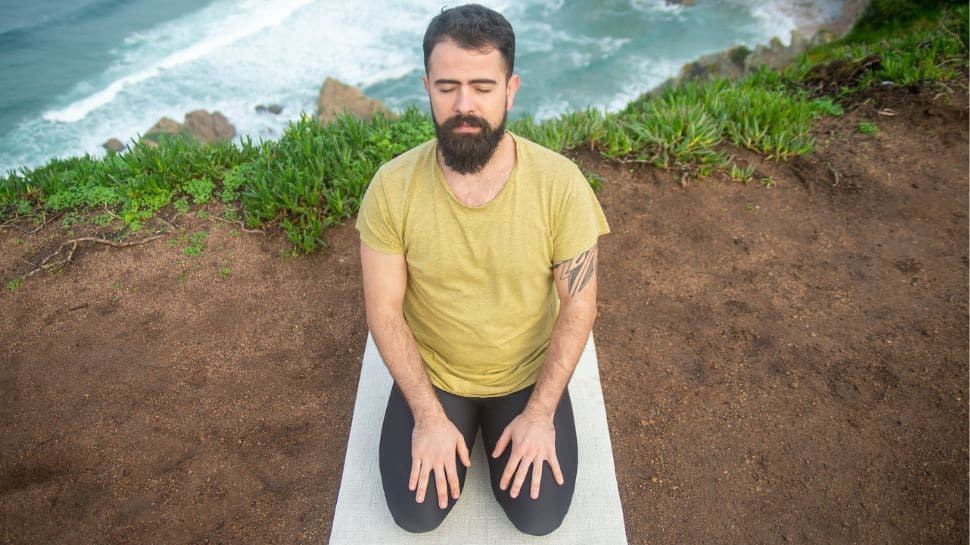
In this position, your thighs should press your calf muscles. To achieve this, start by standing straight with your arms by the sides of your body. Then, slowly lean forward and lower your knees to the floor. Next, place your pelvis on your heels and point your toes outward. Finally, place your palms on your knees with the palms facing up. Finally, straighten your back and look forward. Hold this position for a while.
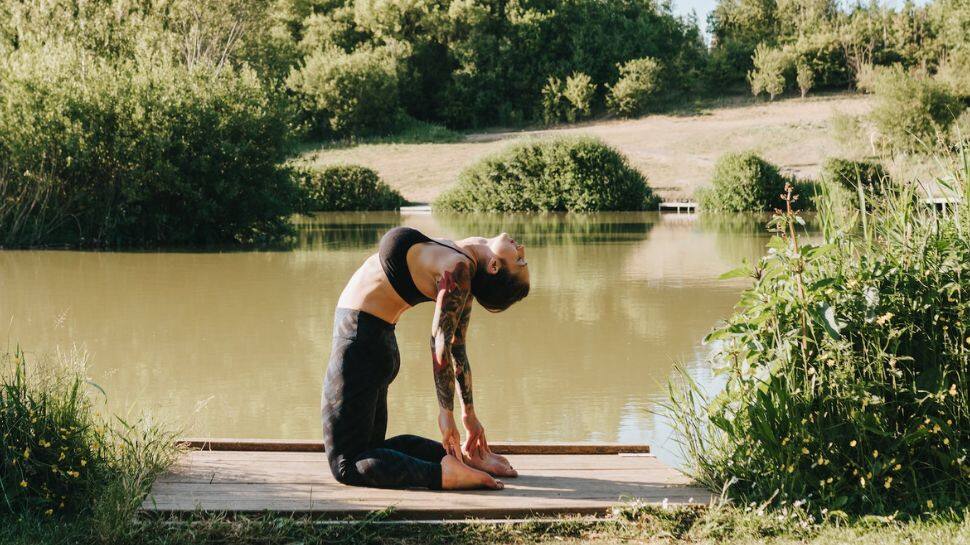
When kneeling on the yoga mat, the hands should be placed on the hips. Arch your back, straighten your arms, and cross your palms over your feet. Avoid flexing or straining your neck by keeping it in a neutral posture. Remain in this posture for many breaths. Complete a thorough exhalation before slowly resuming your original position. As you stand tall, pull your hands back and rest them on your hips.

Your palms should be on the floor next to you while you lay on your back. Using your core muscles, raise your legs 90 degrees. Firmly plant your palms on the ground. Legs should be tucked under your head. If necessary, support your lower back with your palms. For a few breaths, maintain the position. Maintain the position for 15 to 20 seconds.
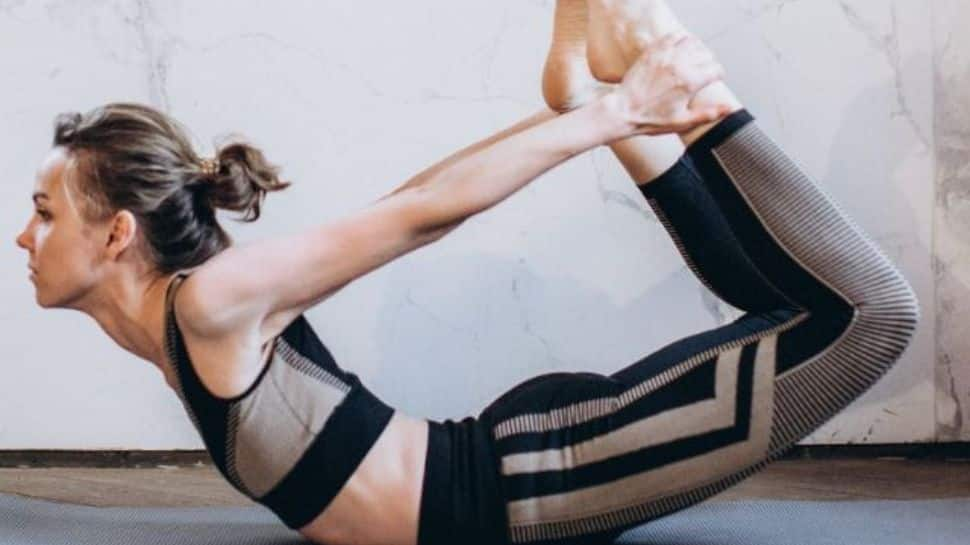
On your stomach, raise your arms and legs while taking a deep breath. Try to lift your arms and legs as high as you can while looking up. Hold position 5 for a duration of 15 to 20 seconds.
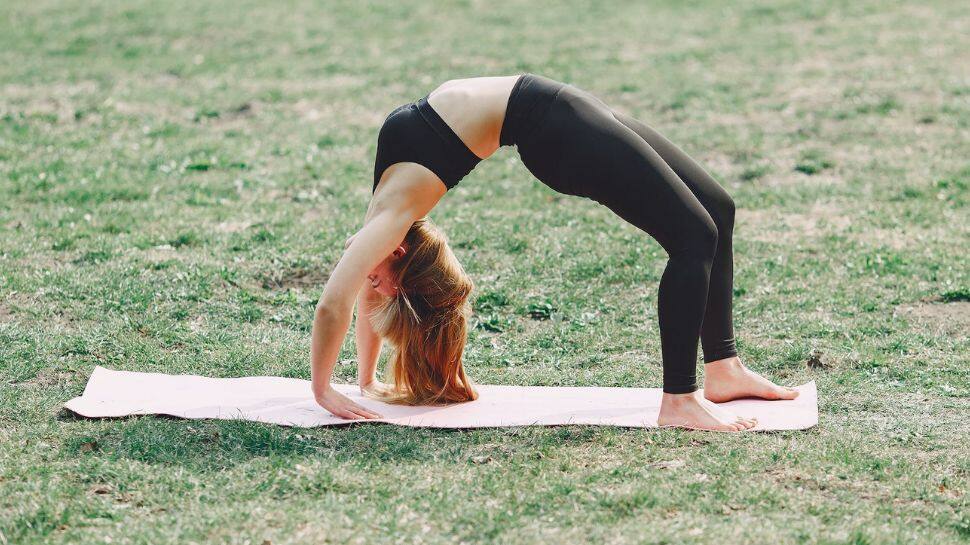
Lean back. Place your hands on the floor on each side of your head and rotate your arms at the shoulders. Take a deep breath in and elevate your body into an arch. All four of your limbs should equally bear the weight of your body. Maintain the position for 15 to 20 seconds.
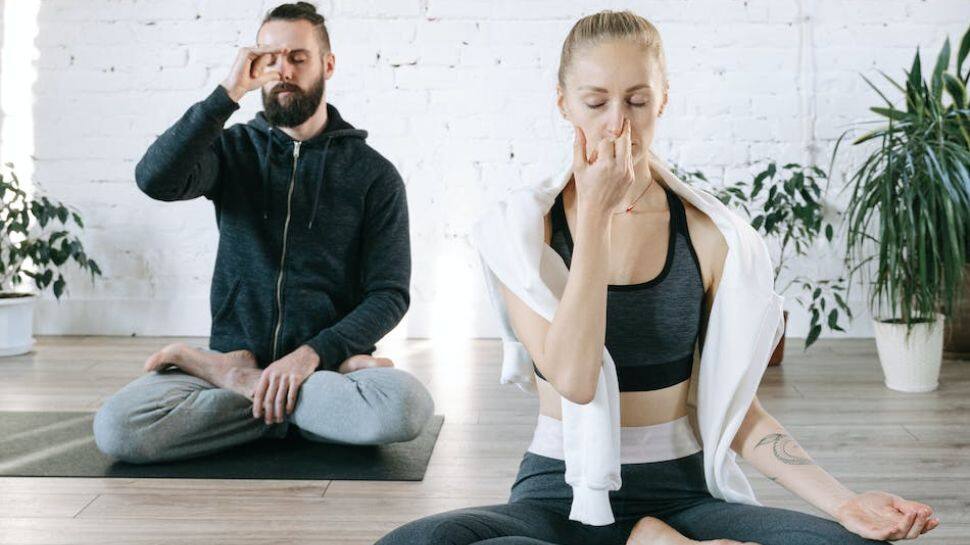
Anulom Vilom, Bhastrika, and other pranayama techniques boost defence mechanisms and cleanse the Nadis, or energetic pathways, in the body. It benefits the parasympathetic nervous system by drastically lowering stress hormones. Stress is one of the biggest contributors to diabetes, and yoga may help you avoid, manage, and treat diabetes through its varied practices.

